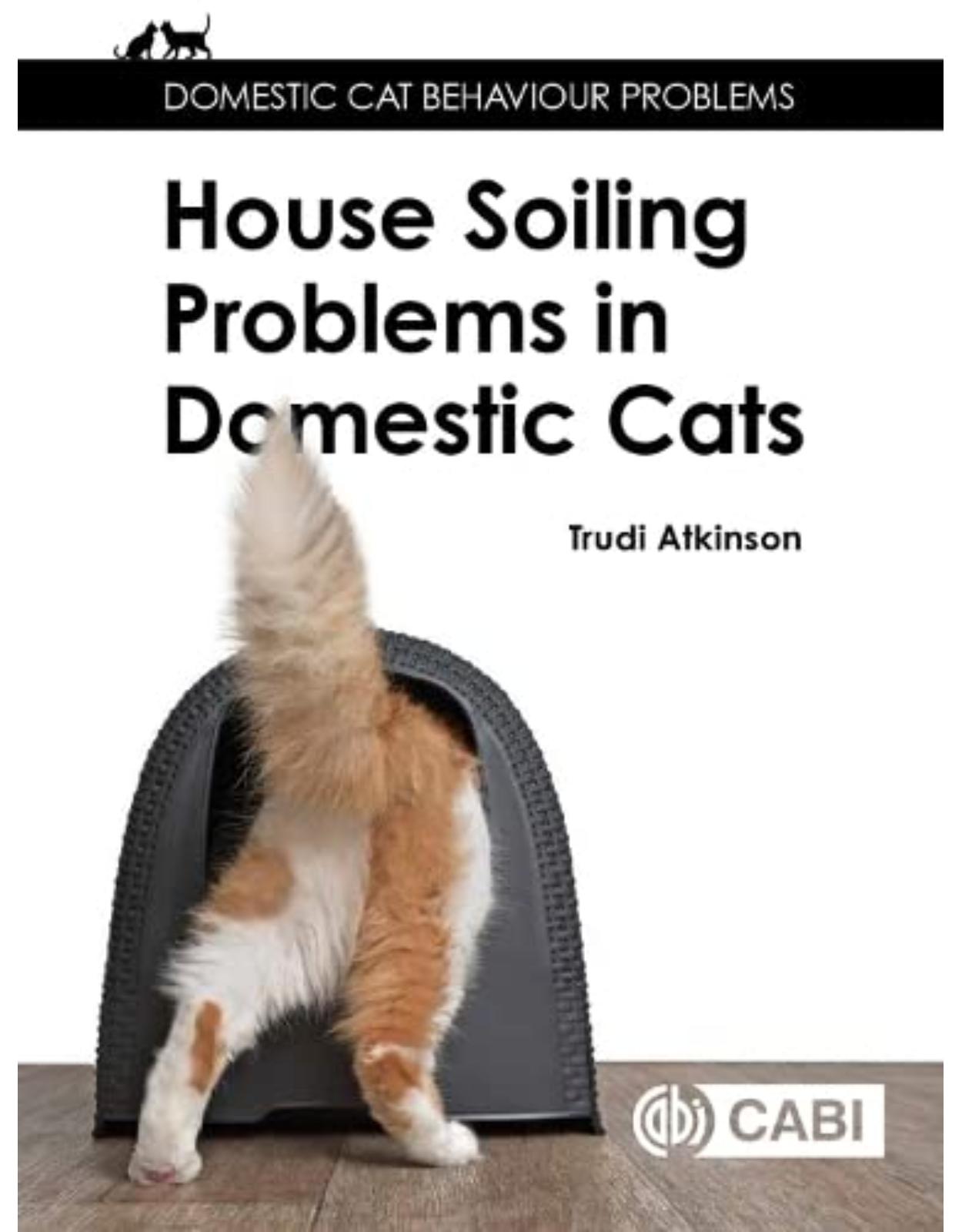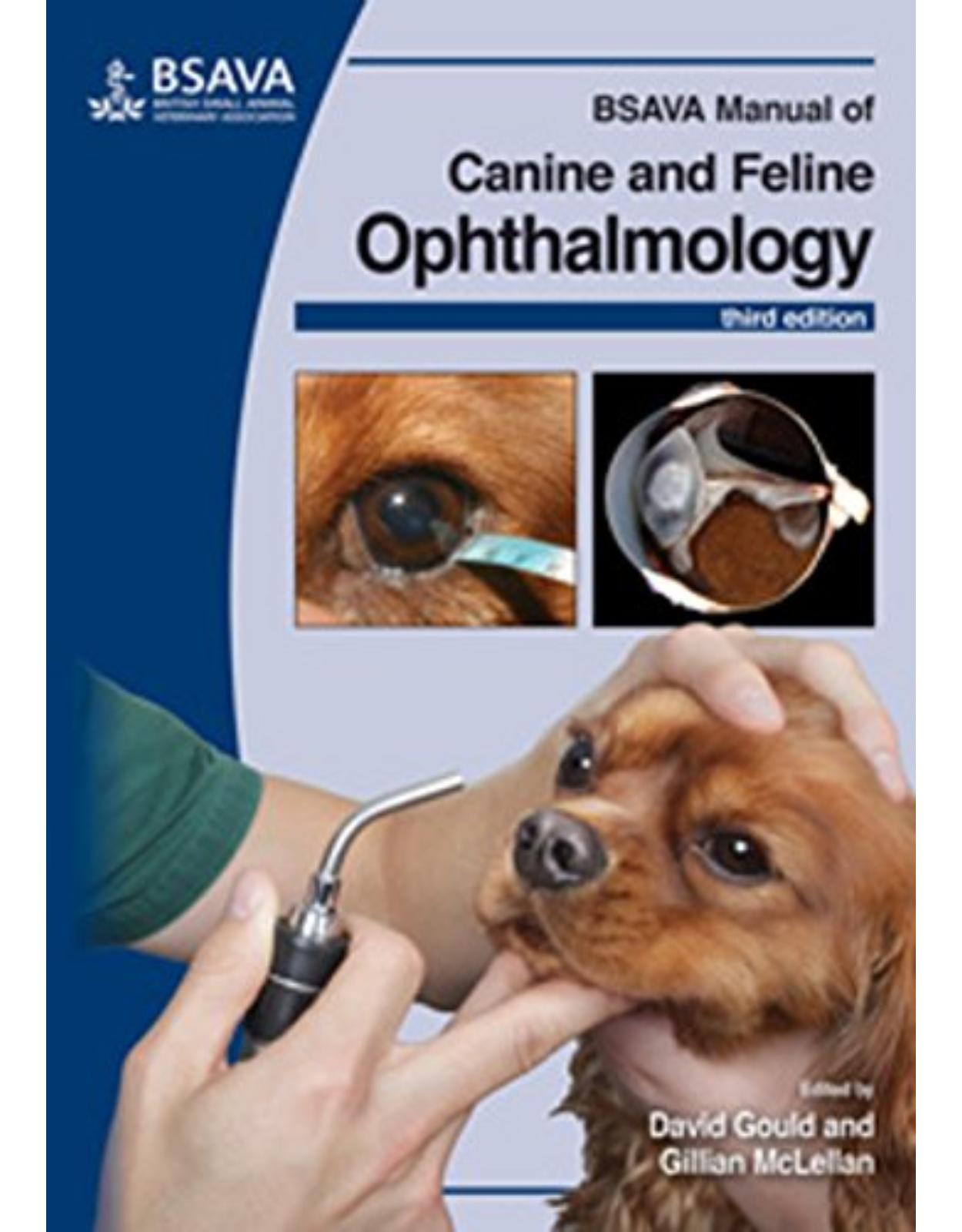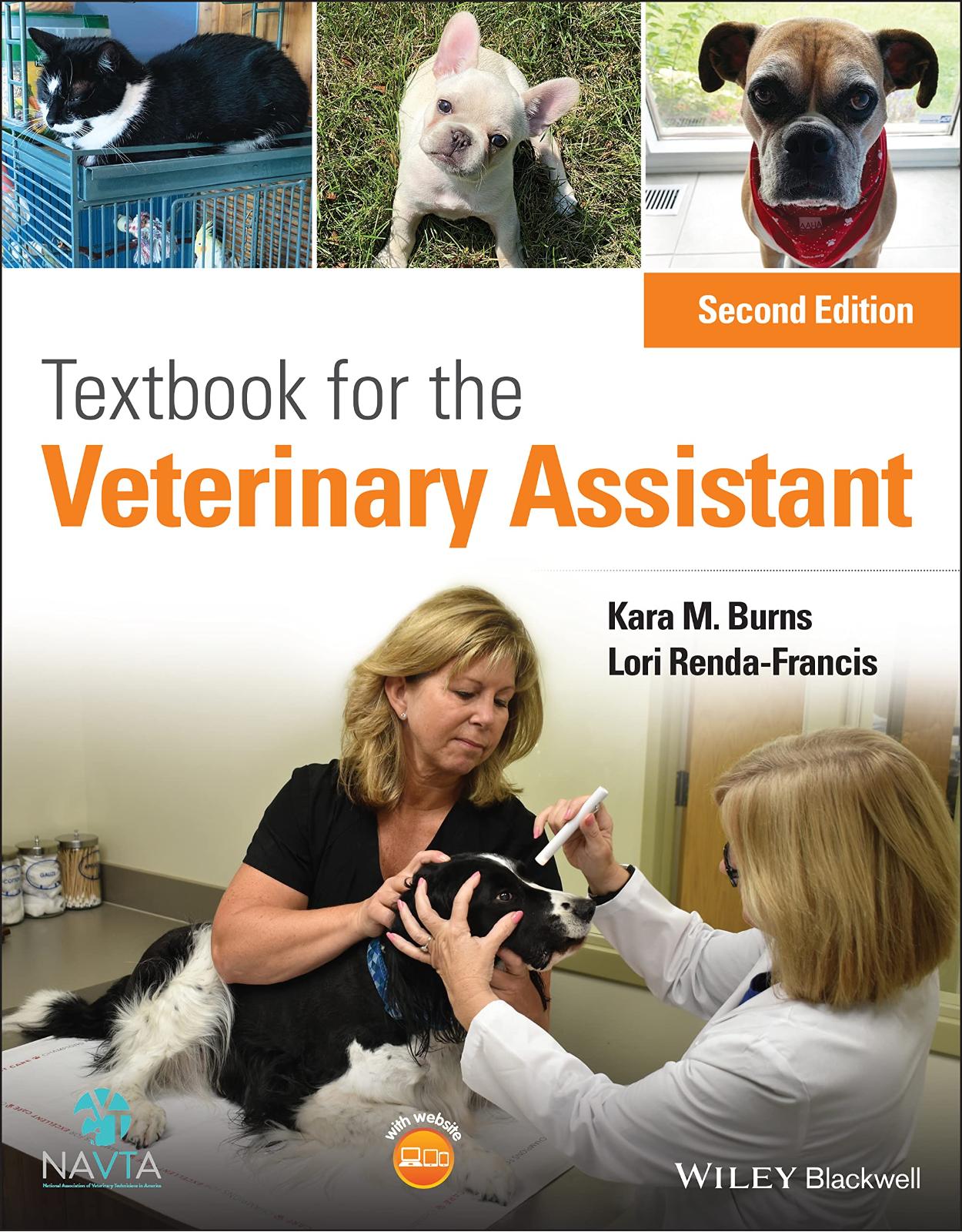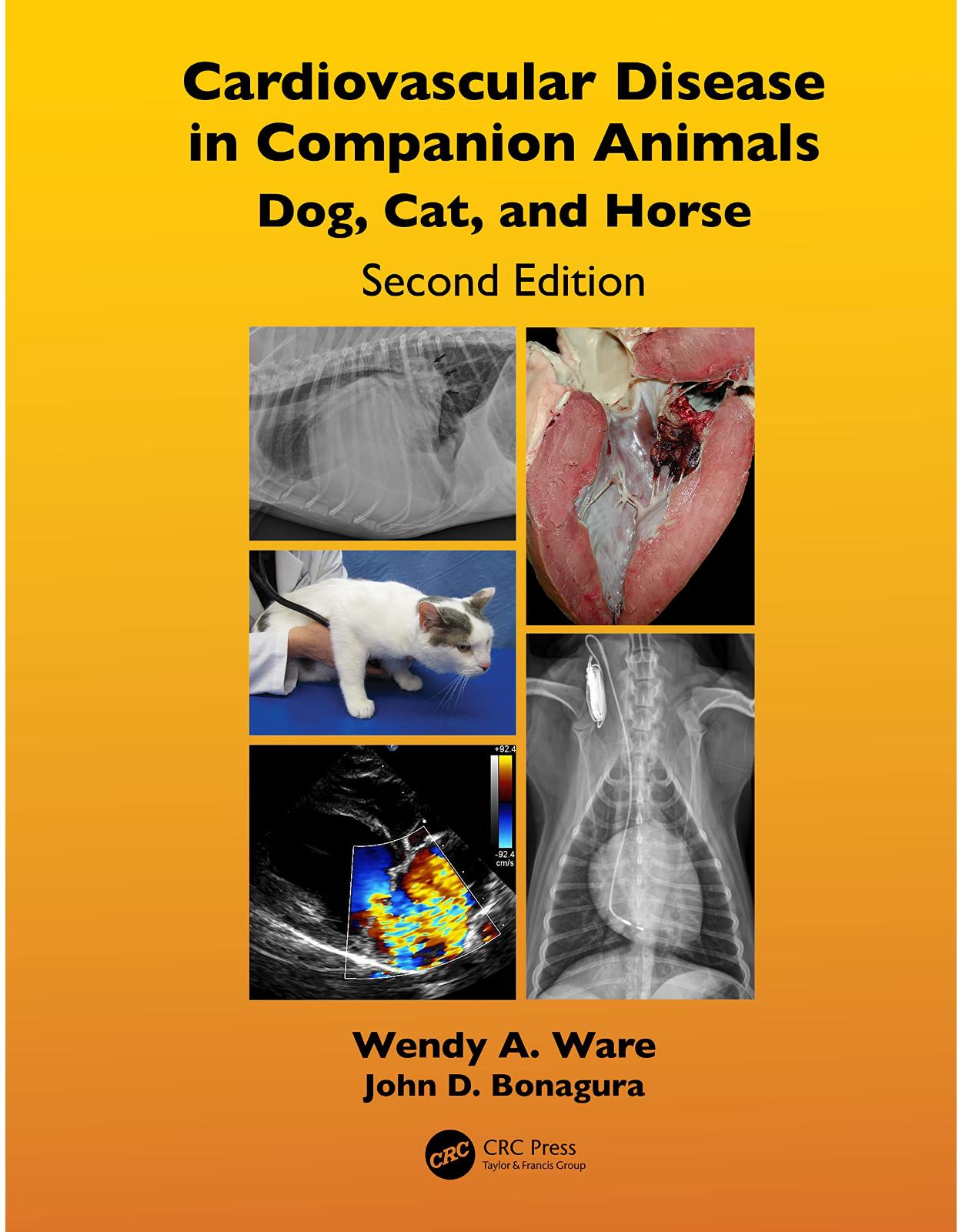
House Soiling Problems in Domestic Cats
Livrare gratis la comenzi peste 500 RON. Pentru celelalte comenzi livrarea este 20 RON.
Disponibilitate: La comanda in aproximativ 4 saptamani
Autor: Trudi Atkinson
Editura: CABI
Limba: Engleza
Nr. pagini: 88
Coperta: Paperback
Dimensiuni: 236 x 155 x 19 mm
An aparitie: 07 Sep 2022
Description:
Highly practical, this book is the first in a series entitled Domestic Cat Behaviour Problems designed to help veterinary professionals and behaviourists understand the background behind common domestic cat behaviour problems and provide various treatment strategies. The text in this volume covers feline problem elimination and marking behaviour inside the home, outlining: *Normal behaviour. *The various underlying causes of feline house-soiling. *Prevention of unwanted behaviour. *Recognition of potential trigger factors and warning signs. *How to identify contributory factors. *Practical treatment strategies. Brimming with sound practical advice, this book will be invaluable to veterinarians, veterinary nurses/technicians, clinical animal behaviourists, and those studying domestic cat behaviour.
Table of Contents:
What is House-soiling?
References
About the Author
Introduction
What is House-soiling?
References
1 Normal Elimination and Elimination Behaviour
Urination ? What is Normal
Defaecation ? What is Normal
Digging and Covering
References
2 Feline Health and House-soiling
The Links between Physical Health and House-soiling
Pain and discomfort
Context association
Mobility issues
Excess volume or frequency of urination or defaecation
Reduction or alteration to sensory or cognitive abilities
Disease Conditions Most Commonly Linked to Feline House-soiling
Diseases of the urinary tract
Feline lower urinary tract disease (FLUTD)
Kidney disease
Diseases of the digestive tract
Diarrhoea
Constipation
Musculoskeletal pain and reduced mobility
Degenerative joint disease (DJD)
Osteoarthritis (OA)
Endocrine disease
Diabetes mellitus
Diabetes insipidus
Hyperthyroidism
Neurological disease
Incontinence
Cognitive dysfunction
References
3a Providing the Ideal Elimination Area: Part 1 ? Indoor Litter Trays
How Many Litter Trays to Provide
The social relationship between household cats
A reluctance to share
Fear or anxiety
Blocking
The health of the cat
The size and layout of the house
Individual preferences
Access to other elimination areas
Positioning of Litter Trays
Areas to avoid
Close to, or within sight of, low windows or glass doors
?High-traffic? areas
Close to household appliances
Close to areas used by other household pets or children
In areas where there is bright or harsh lighting
Close to, or within sight of, the cat flap or other entrances and exits
Position litter trays away from other activities
Provide separate areas for urination and defaecation
Provide quick and easy access
Provide an increased sense of security
Litter Tray Design
Size
Shape
Type
Automatic self-cleaning litter trays
Easy-clean litter trays
Covered or uncovered?
Top-entry litter trays
Home-made litter trays
Cat Litter
Factors that can influence litter preference
Early experience
Negative or positive experiences
Cleanliness
Depth
Scent
Texture and type
Accessories
Litter mats (aka cat litter trapping mats)
Litter tray liners
Litter additives
External odour eliminators and air fresheners
References
3b Providing the Ideal Elimination Area: Part 2 ? Outdoor Elimination Areas
Fit a Cat Flap
Where to fit a cat flap
Training a cat to use a cat flap
Provide Safe and Secluded Outdoor Latrine Areas
Provide a purpose-built outdoor latrine
Regular Parasite Control and Veterinary Visits
Feline infectious peritonitis (FIP)
?Cat-proof? the Garden or Build an Enclosure
References
4 Marking Behaviour
Olfactory (Scent) Communication
The vomeronasal organ (VNO)
Pheromones
Urine Marking
Spraying
Why Do Cats Urine Mark?
Territorial marking
Sexual marking
Entire males
Entire females
Urine marking related to stress
Stress-related urine marking and organic disease
Middening
References
5 Treatment and Management Strategies
1. Could the House-soiling be a Sign of a Medical Emergency?
2. Do Not Attempt Punishment
3. Cleaning, Replacing and Preventing Access to Soiled Areas
How to clean
Removal and replacement
Preventing access
4. Periuria, Perichezia or Marking Behaviour?
Marking behaviour ? initial considerations
5. Have There Been Any Recent Changes or Events?
6. Review the Current Litter Tray and/or Other Eliminatory Area Provisions for the Cat
7. Veterinary Involvement
8. Review the Cat?s Past and Current Social and Environmental Situation
Consider the cat?s history
Consider the social relationships between household cats
Consider the influence of neighbouring cats and other animals
Consider other influences
References
Index
Back Cover
| An aparitie | 07 Sep 2022 |
| Autor | Trudi Atkinson |
| Dimensiuni | 236 x 155 x 19 mm |
| Editura | CABI |
| Format | Paperback |
| ISBN | 9781789246872 |
| Limba | Engleza |
| Nr pag | 88 |
-
72100 lei 64500 lei
















Clientii ebookshop.ro nu au adaugat inca opinii pentru acest produs. Fii primul care adauga o parere, folosind formularul de mai jos.